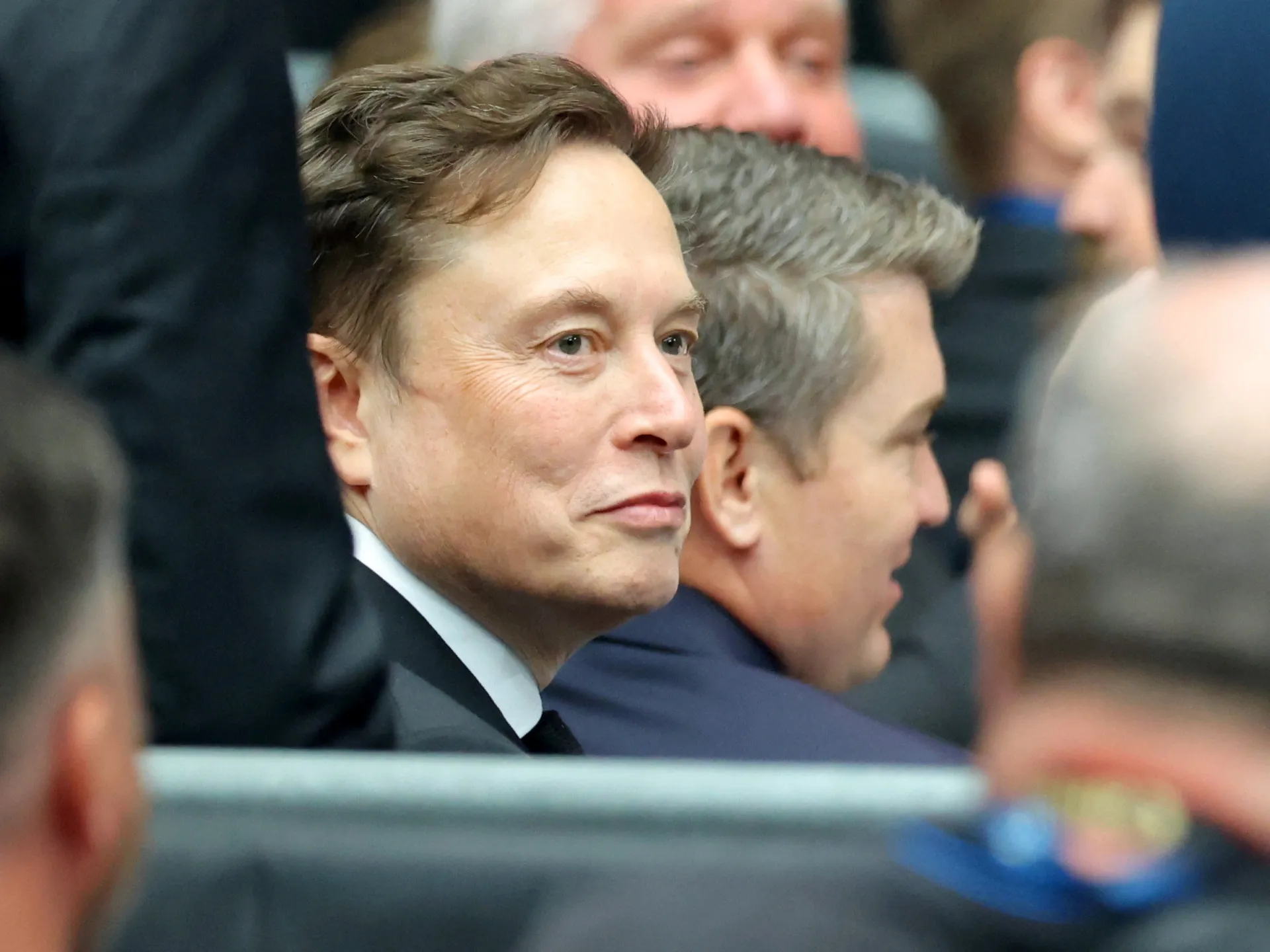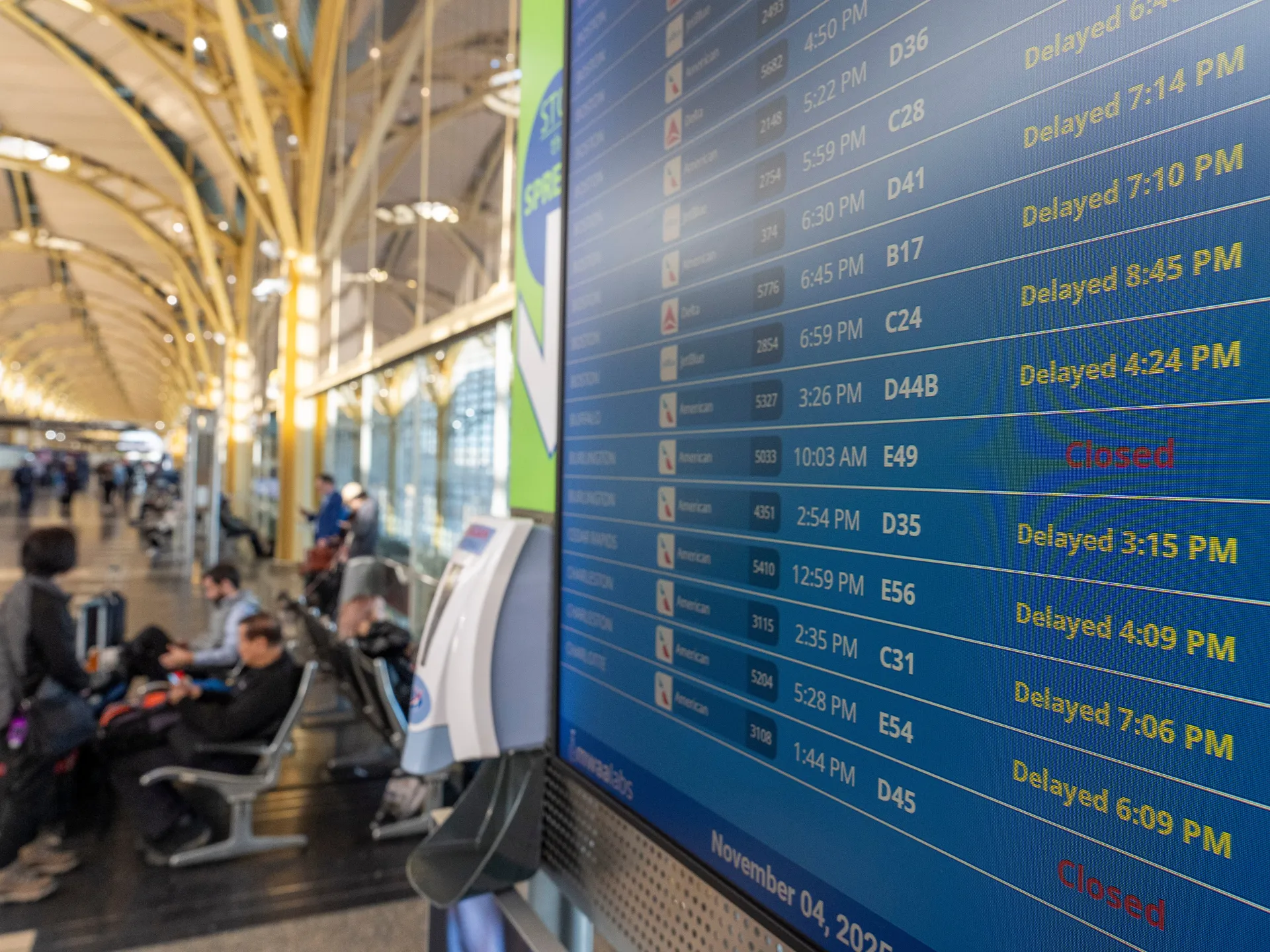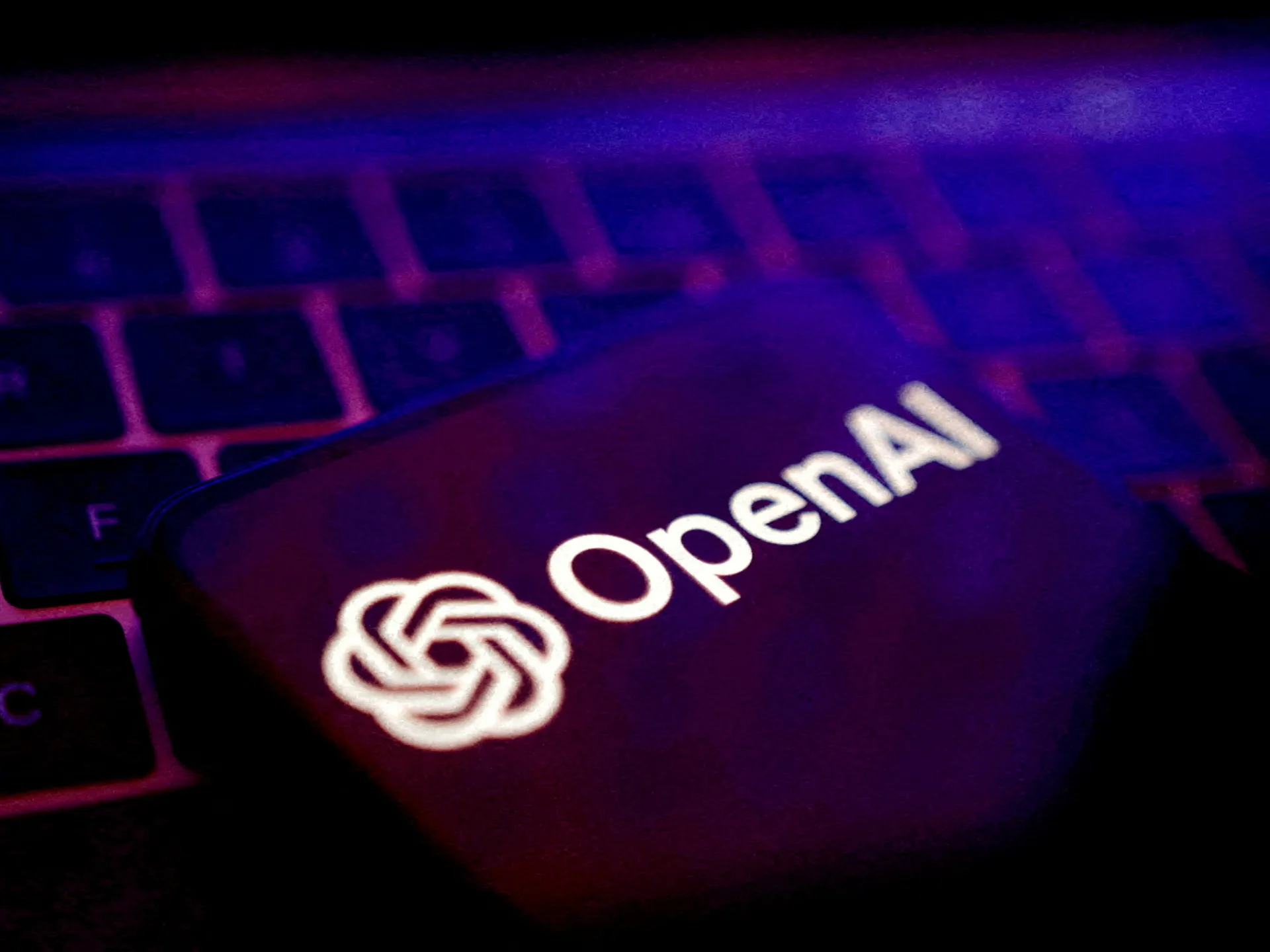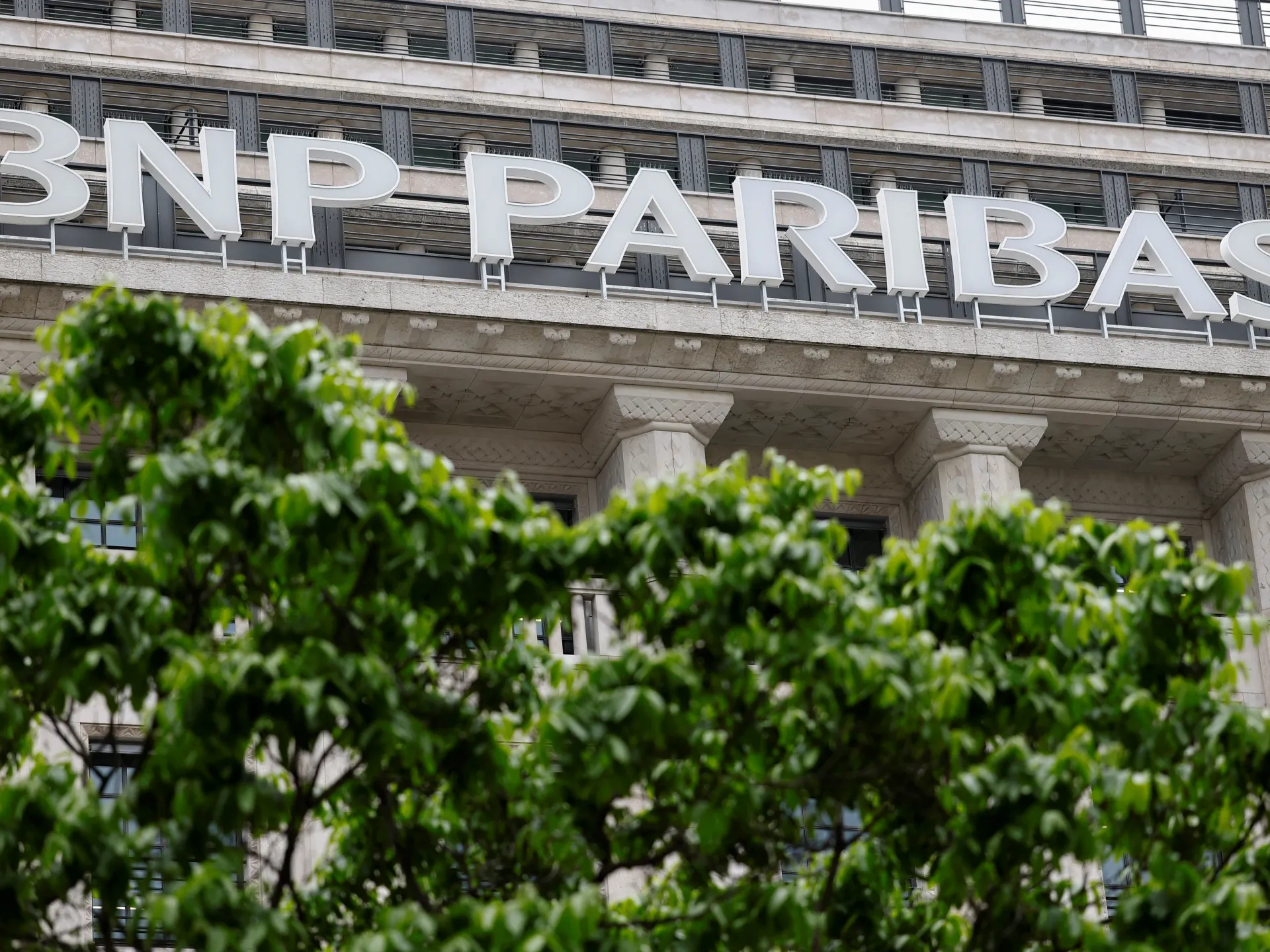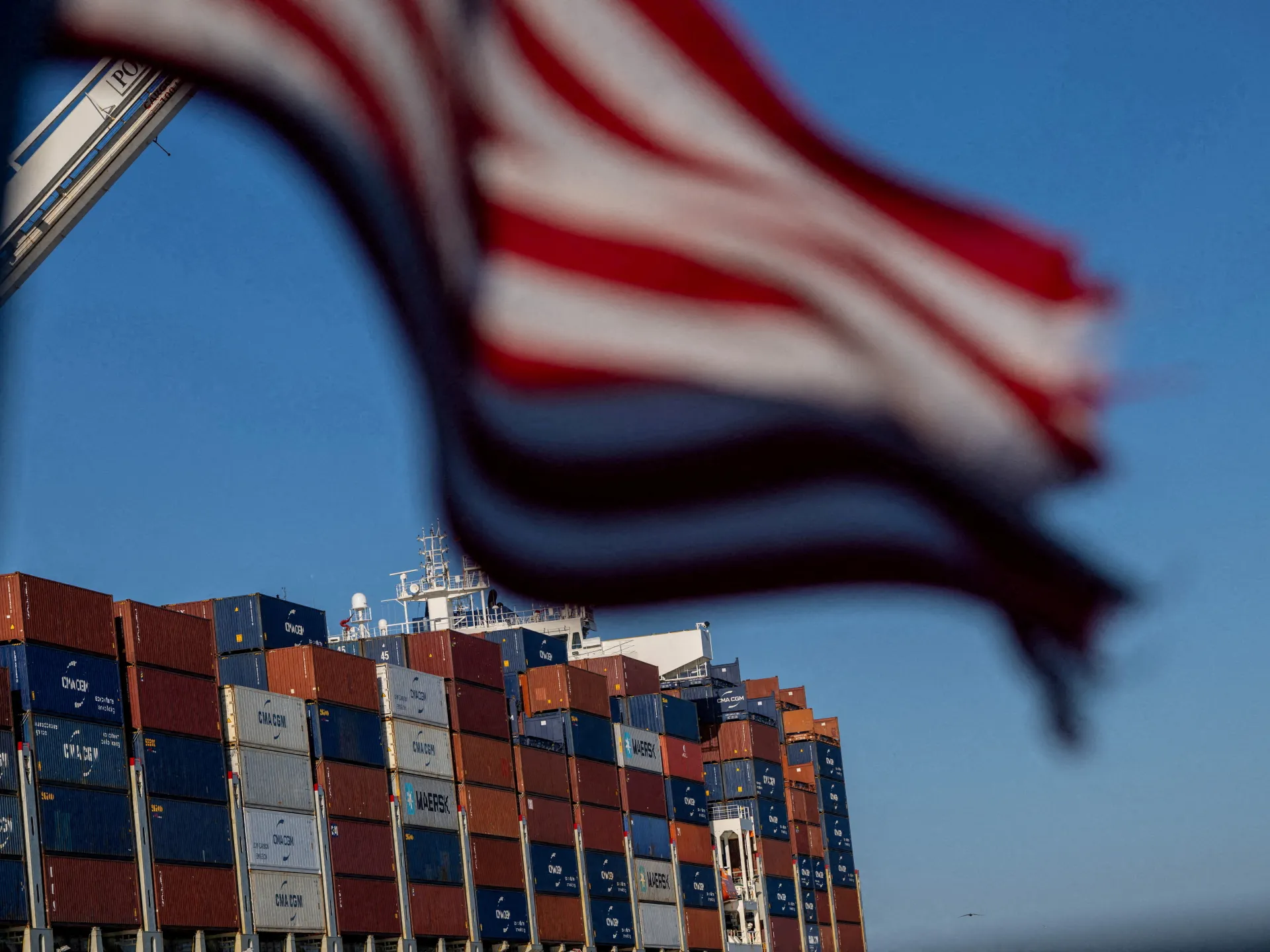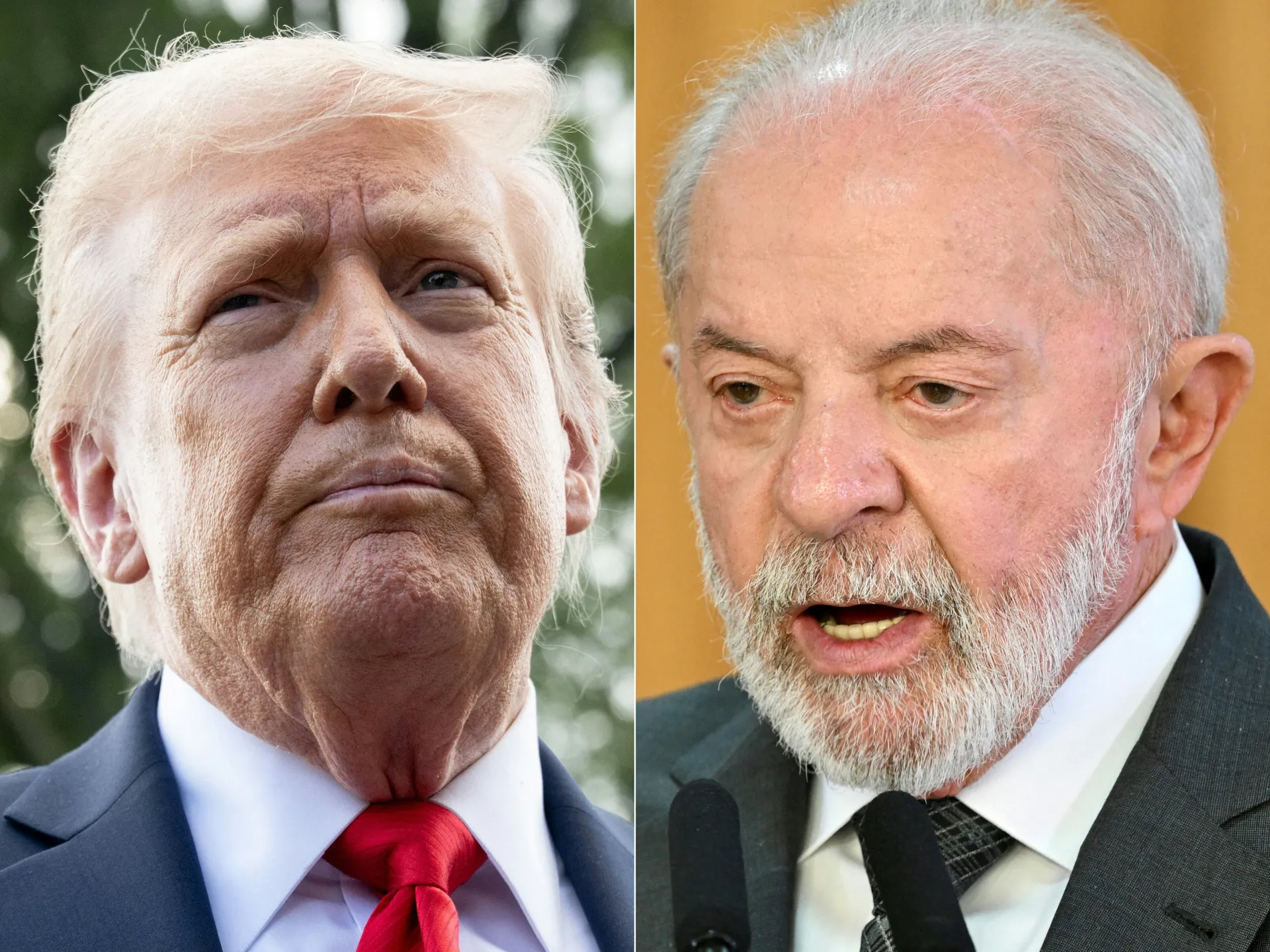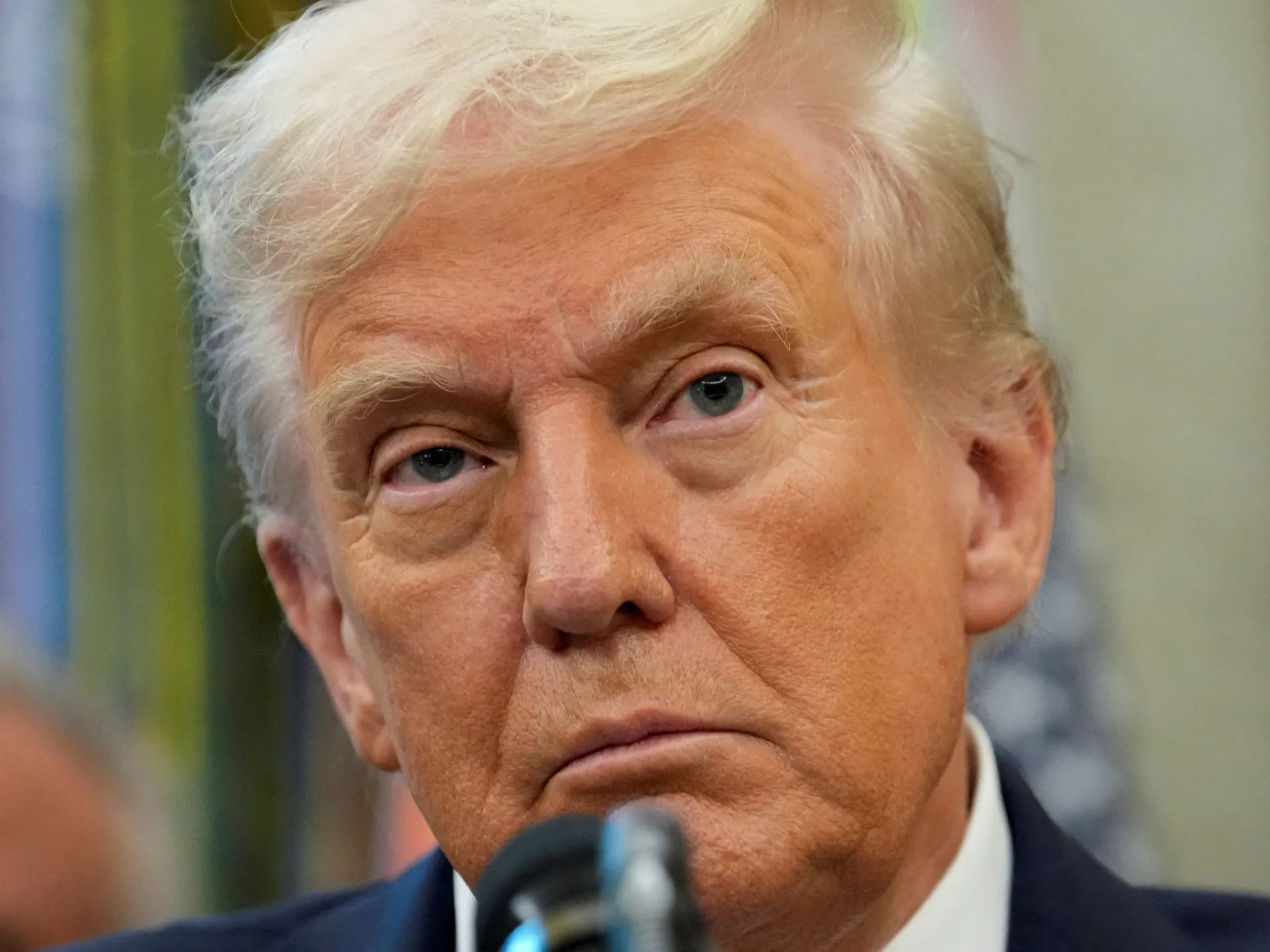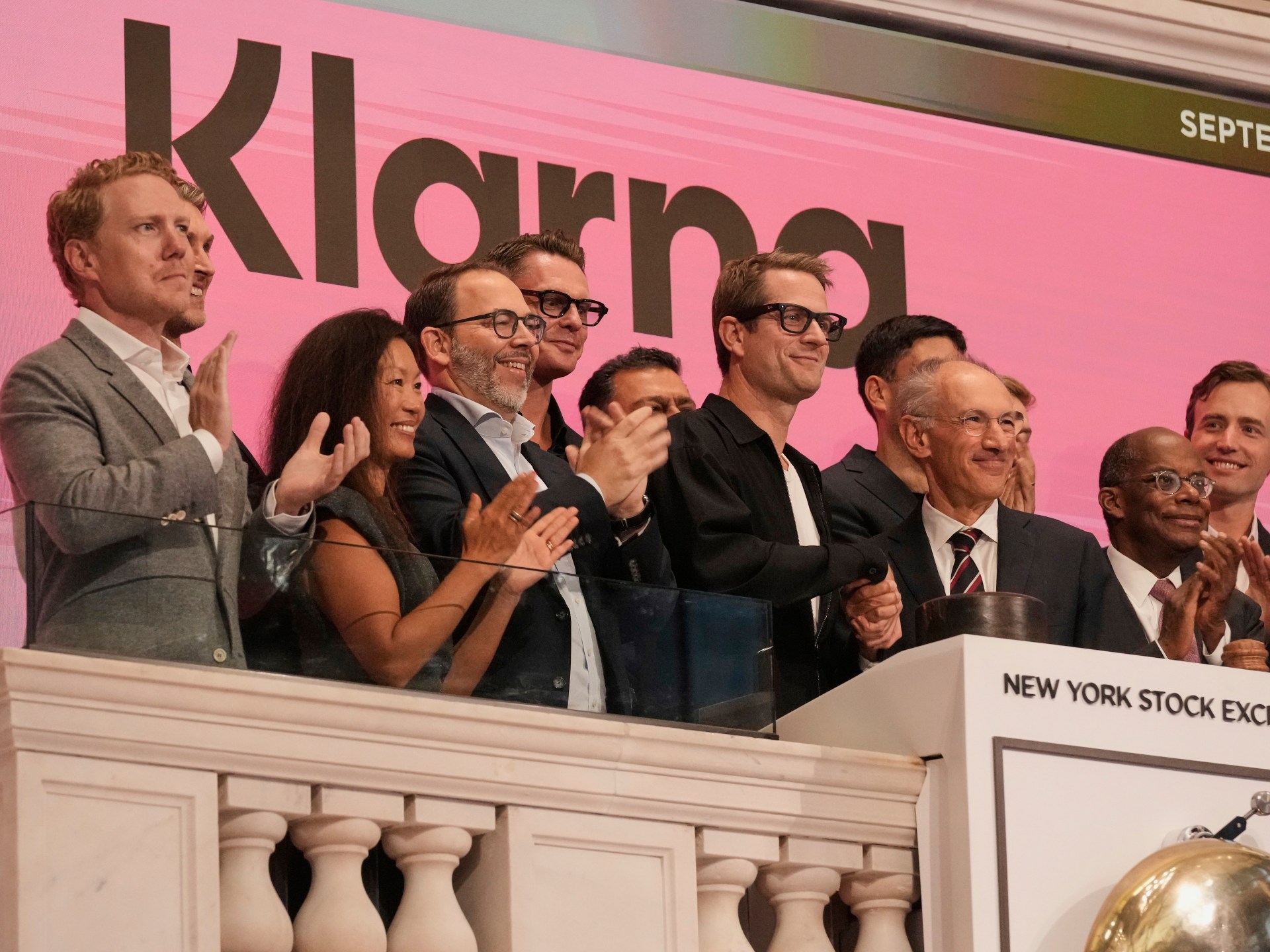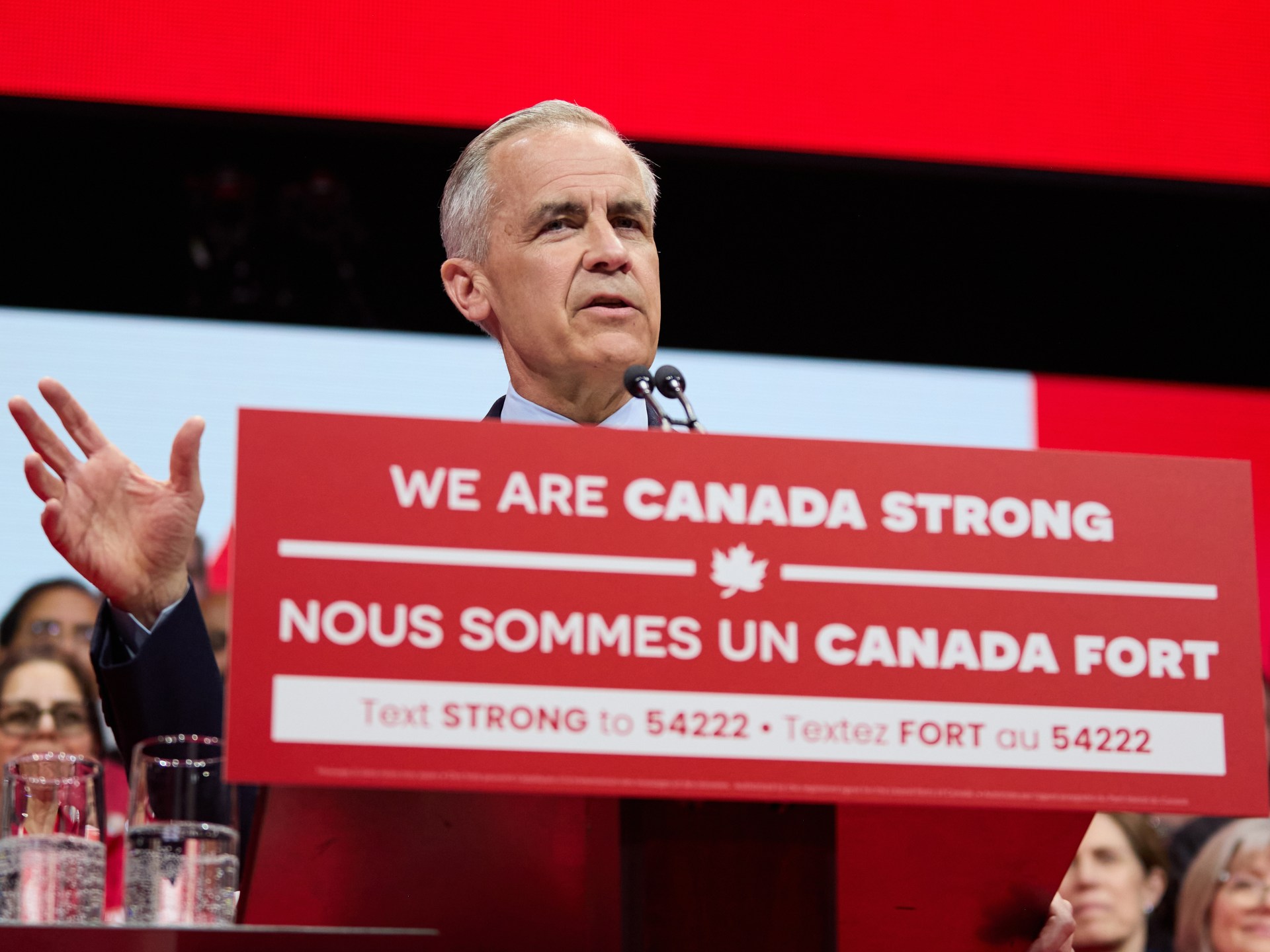New York, USA – Next week, the United States Federal Reserve will hold a two-day policy meeting to decide whether to lower interest rates.
The meeting follows a months-long pause in rates and comes amid heightened pressure on the central bank.
Recommended Stories
list of 4 itemsend of list
US President Donald Trump recently dismissed Federal Reserve Governor Lisa Cook on allegations of mortgage fraud, which she is contesting in court, and has escalated his loud and repeated criticism of Fed Chair Jerome Powell.
The Fed, which emphasises its independence from political influence, will weigh new economic data as it considers its next move. The benchmark interest rate has remained at 4.25 percent – 4.50 percent since December.
So far, the Fed has held rates steady, saying the stance preserves flexibility to respond to economic shocks tied to shifting trade policy. But many economists now believe a rate cut is imminent.
They point to signs of a cooling labour market and tariff-related pressure on inflation as factors that could support lowering rates, not political pressure.
“I think that the Fed has made it pretty clear that they’re going to cut rates in September, and the market certainly expects that,” Daniel Hornung, policy fellow at Stanford Institute of Economic Policy Research and former deputy director of the National Economic Council, told Al Jazeera.
CME FedWatch, which tracks the probability of Fed policy moves, puts the likelihood of a quarter of one percentage point cut at 94.5 percent, echoing research from JPMorgan last month.
“For Fed Chair Jerome Powell, the risk management considerations may go beyond balancing employment and inflation risks, and we now see the path of least resistance is to pull forward the next cut of 25 basis points to the September meeting,” Michael Feroli, chief US economist at JP Morgan, said at the time.
Prices jump
Consumer prices rose 0.4 percent in August from the previous month, the sharpest increase in seven months, according to the Labor Department’s consumer price index (CPI) report released on Thursday.
The gain followed a 0.2 percent rise in July. Economists surveyed by Reuters had forecast a 0.3 percent monthly increase in core CPI.
Energy costs climbed 0.7 percent, fueled by a 1.9 percent jump in gasoline. Airfares climbed 5.9 percent, apparel prices rose 0.5 percent, shelter increased 0.4 percent, grocery prices were up 0.6 percent, and restaurant meals rose 0.3 percent.
Some goods saw particularly steep increases. Coffee prices jumped 3.6 percent on the month as Brazil, the world’s top coffee exporter, redirected shipments away from the US following new tariffs.
The Producer Price Index (PPI), which tracks prices businesses receive for goods and services, showed coffee up nearly 7 percent from July and more than 33 percent over the past year.
There is a comparable phenomenon with beef, for which the US relies heavily on Brazil. CPI data showed a 2.7 percent increase, while the PPI measured a 6 percent monthly rise and a 21 percent yearly increase.
Overall, the PPI slipped 0.1 percent, suggesting some businesses are absorbing tariff costs rather than passing them to consumers. Service prices fell 1.7 percent, driven by a 3.9 percent decline in margins for machinery and vehicle wholesalers, which offset a 0.1 percent increase in goods prices. That came after wholesale inflation was revised higher to 0.7 percent in July, which was well above economists’ forecasts.
Even so, companies are beginning to warn that they cannot continue absorbing higher costs. In recent weeks, Campbell’s Co, which makes Campbell’s Soup and Goldfish crackers, and Procter & Gamble have both said they plan to raise prices on consumer goods in the months ahead as tariff pressures persist.
Labour market tumbles
The US labour market, a key factor in the Federal Reserve’s interest rate decisions, has cooled sharply.
Approximately 263,000 people submitted initial jobless claims last week, the most in four years, Department of Labor data released on Thursday showed.
On Tuesday, the Bureau of Labor Statistics also revised down job gains over the past few months, as well as between April 2024 and March 2025, when the US economy added 911,000 fewer jobs than had been previously reported.
All of that is echoed by poor jobs numbers last week. In August, the economy added only 22,000 jobs, with gains concentrated in healthcare (which added 31,000 jobs) and social assistance (which added 16,000). The unemployment rate climbed to 4.3 percent, the Labor Department reported.
Revisions showed July job growth slightly stronger at 79,000, up from 73,000, while June was cut from a modest gain to a loss of 13,000.
“The recent job numbers were really, especially the revision of the earlier numbers, were really kind of problematic for the economy,” Michael Klein, professor of International Economic Affairs at the Fletcher School at Tufts University, told Al Jazeera.
Job openings and turnover also declined, leaving more unemployed workers than available positions for the first time since April 2021.
A report from Challenger, Gray & Christmas highlighted the strain, noting a 39 percent jump in job cuts between July and August. Private payroll growth slowed as well, according to the ADP National Employment Report, which showed just 54,000 jobs added, down from 106,000 the prior month.
Competing forces
Typically, high inflation prompts higher interest rates, which discourage borrowing and spending and help rein in prices.
“The Fed is in a very difficult position right now because there is both a weakening labour market and evidence of higher inflation. Typically, if the Fed is facing a weaker labour market, it would want to lower interest rates. And if it’s facing higher inflation, it would want to raise interest rates. But we’re in a situation now where there are countervailing forces,” Klein said.
The labour market is already weighing on consumer spending. Rising layoffs and slower hiring have made shoppers cautious, and the latest consumer confidence index shows plans to buy big-ticket and discretionary items are slipping.
With Trump’s shifting tariffs and hardline immigration policies, businesses are stuck in a “wait-and-see” mode, increasing uncertainty.
“We are seeing immigration and tariff policies that have the simultaneous effect of raising prices and slowing growth in the labour market,” Hornung said.
